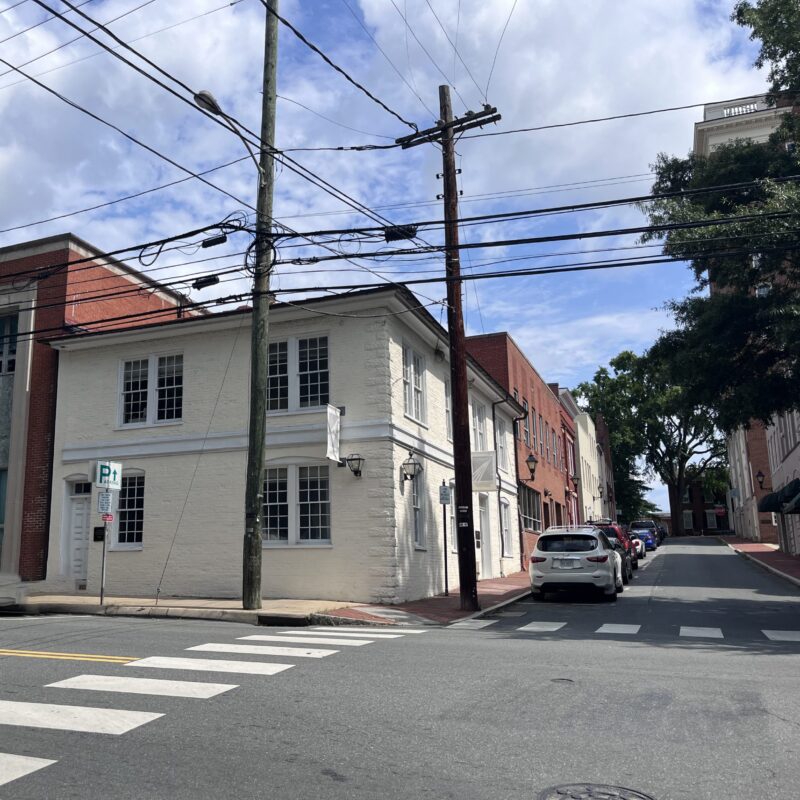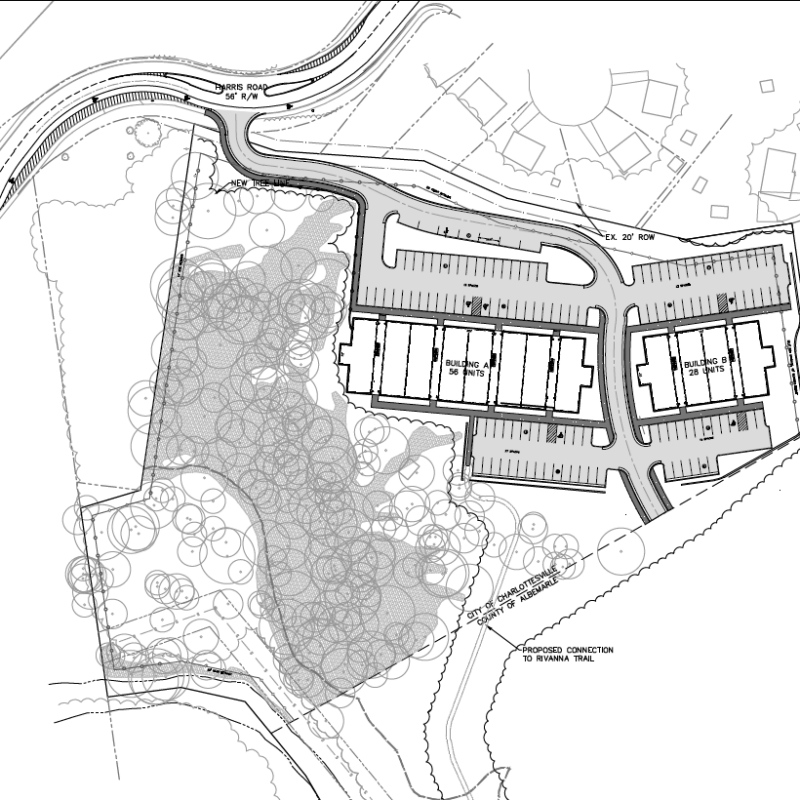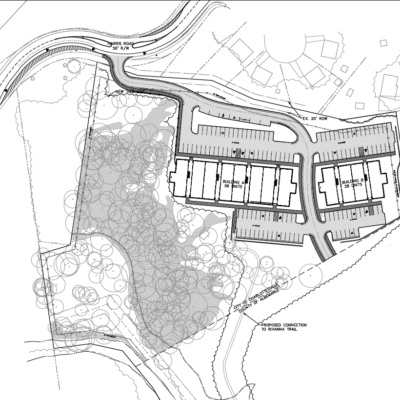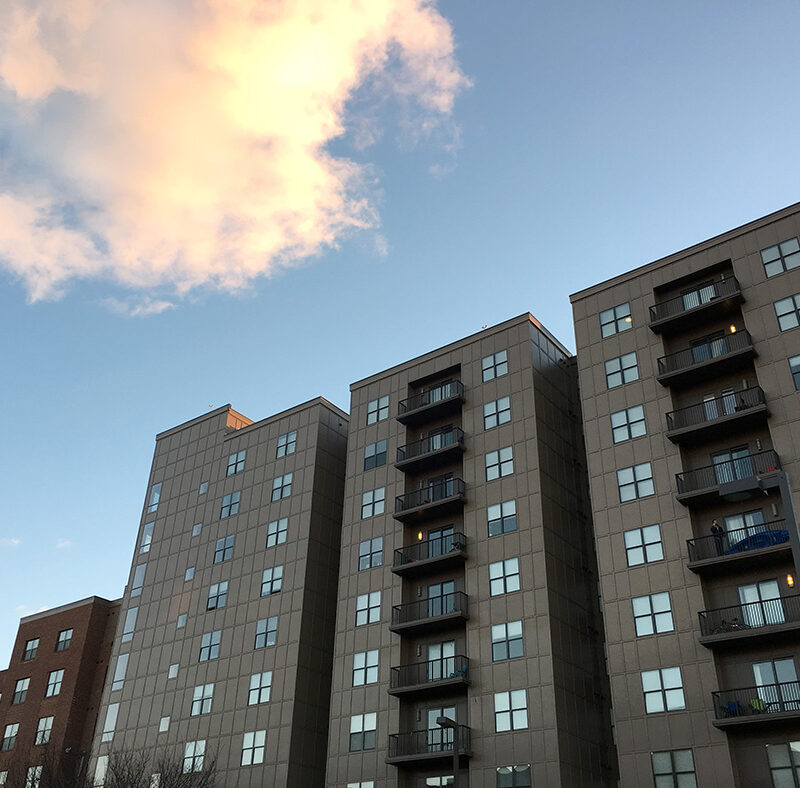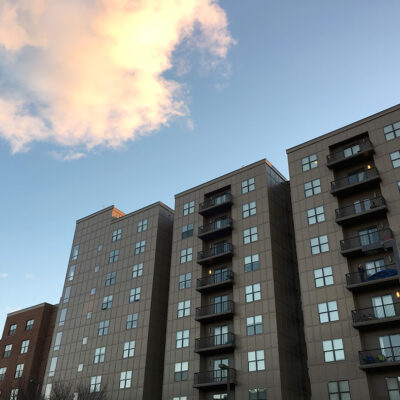By Celeste M. Smucker –
Updating a home so the occupants can live there comfortably for the long term is a hot topic these days and is all about adding features that promote convenience, accessibility and ease. While once this concept was aimed at Boomers who wanted to stay longer in their homes, most of the popular features have a broad appeal and are now in demand by just about everyone.
“These buyers are not any particular demographic within the market,” said Nest Realty’s Greg Slater who added that “buying for the longer term has been a trend since the recession. It makes more financial sense, it always has,” he continued.
Among the more popular items are smaller, greener homes that are easy to care for both inside and out, and that also feature design concepts to facilitate independent living. These would include such things as first floor master suites, open floor plans, and wider doorways and hallways.
The good news for all of these buyers is that these popular features not only make their lives easier while they live in their homes, but may also make them more saleable when it is time to move.
Transitioning with Ease
There are many reasons to plan for a longer stay in your home if your job and other responsibilities permit.
One of these is that we are living longer and feeling younger longer than previous generations. “Most of us are healthier than our parents were at the same age,” explained Cynthia Hash with Keller Williams Alliance who earned a Senior Real Estate Specialist (SRES) designation. In a reference to her age 55+ clients she joked that 55 is the new 35.
Another reason to prepare for the long term is that most of us want to stay independent and live in our own homes for as long as possible. Renovating or building with independence in mind helps ease the worry about being forced to move before it is absolutely necessary.
Keith Smith with Roy Wheeler Realty Co. described the process of building and renovating for the long term as planning for “transitioning in a house.” He explained that even younger buyers appreciate the comfort and convenience of living in a home containing features that make this transition easy.
He characterized what people of all ages are asking for today as “minimalistic” with plenty of open space and smaller kitchens. A house that is “more open and light driven,” with less maintenance suits their lifestyle in a number of ways including freeing them from yard work. “They don’t want to spend Saturday and Sunday cutting the grass,” he said, but prefer to use their free time for hiking, canoeing and visiting breweries and vineyards.
Jodi Mills, with Nest Realty Group who represents Stony Point Design/Build at Riverside Village in Pantops, agrees. Many of her clients are retired and want to travel, spend time with friends and be active in the community. A small home on a lot with low maintenance landscaping makes sense for them as could living in a townhouse or condo.
Renovating vs Building
Renovation of an existing home is one way to incorporate long term features into a house, while building a new one is the alternative. There are pros and cons to both.
“People choose to renovate for a variety of reasons,” Slater said. “Location cannot be replicated with a move in many cases,” and of course the cost of building and moving may be prohibitive for many. Regardless, “renovating is happening a lot these days and the contractors I have talked to have all the work they can handle right now,” he observed.
Smith described a renovation by one of his clients on a Belmont home built in 1902. The owners purchased the house when they were much younger and decided it needed a more livable floor plan. Like many who live in Belmont they appreciate the close-in lifestyle and didn’t want to move further out.
Adding a downstairs master suite was not doable for a variety of reasons, but the owners did extend the living space on the back of the house adding a half bath and laundry area on the first floor. Smith called this newly renovated house more livable and more marketable when the couple decides to move.. The popularity of the features they added also means they now have a great deal more equity given the current market.
Whether homeowners choose to renovate or start from scratch and build new, the first step is to evaluate their unique needs and determine how best to meet them, explained Linda Broadbent with BHG Real Estate III. They can then decide if it is practical to do the renovations they require or if new construction is the better option.
She followed this advice when building her own home, narrowing her list of preferences by deciding between what she felt she needed versus what she thought would be nice. In her case quartz countertops went in the latter category but she acknowledges that lots of people feel they are worth the extra expense.
More utilitarian kinds of upgrades such as pull-out shelves or an inside the cabinet lazy Susan (for easy access to what is stored there) are also popular and high on many homeowners’ lists. Converting to one big sink instead of a double one is another option that many like because it facilitates washing large items like pots and pans.
Long Term Design
Traditionally, design for the long term was for people who wanted to age in place and enjoy their independence for a longer time.
For these folks, “removing barriers and increasing accessibility is key,” Slater said. He added that this could involve building homes on slabs, adding first floor master suites, widening doorways for accessibility, and eliminating steps. He noted that “some builders are even building homes to achieve designations in this regard.”
One of these designations is called the EasyLiving Home, and is “a voluntary certification program meant to encourage builders of single-family homes, duplexes and triplexes to include EasyLiving Home features in the design and construction of new homes.”
To qualify, these homes must include a step-free entrance and wider doors throughout the entire first floor. The main floor must also have “a kitchen, an entertainment area, a bedroom, and at least one full bathroom with sufficient maneuvering space.” Visit the EasyLiving website (elhomes.org) or ask your REALTOR® for more details.
Other popular features for long-term living in a home include raised outlets (which are easier to access), and door levers versus door knobs.
Younger buyers may not recognize the value of door levers until the day they need to leave home with their hands full. Hash gave the example of the Millennial caring for a baby who is on his or her way out to the playground carrying their child, a backpack full of diapers and perhaps a briefcase. Suddenly the door lever is a life saver.
They may also appreciate rocker switches for lights that allow them to turn lights on and off with their elbows when their hands are full, and updated light fixtures with brighter bulbs that are kinder to eyes and make it easier to read, write, work in the kitchen, or do crafts at any age.
Similarly, strips of lights in stair wells, hallways, and along sidewalks between the house and the driveway help an elderly person navigate, but are also a boon to a parent walking a hallway at night to comfort a teething baby, or a teenager with a leg in a cast due to a ski boarding accident.
Some aging in place features may not be needed in the moment, but planning for them may still make sense.
Most Millennials would not put grab bars on their “must have” list unless they are disabled or prone to back or knee injuries. On the other hand, if they plan to stay for awhile, it is inexpensive to prep their bathrooms for easy grab bar installation in the event they are needed in the future.
The same could be said for other kinds of renovations such as large, handicap-accessible showers that can be an attractive addition to an updated bathroom. Broadbent described some of her clients, a young couple with children, who planned to widen doors and rearrange space for more openness in a bathroom where they also added a walk-in shower.
Technology and Green in Demand
“Technology and green building are making an impact in housing in general and of course apply to homes designed for aging in place,” Slater said. He added that “anytime you add features that make the home more comfortable and less costly to operate as well as improve indoor air quality you are increasing its overall desirability.”
Of course the lower monthly utility costs in energy efficient homes are especially meaningful to people living on a fixed income.
“Being able to control lighting, HVAC, and other mechanical components of the home from smart devices can be very helpful as well,” Slater offered.
Local builder Rob Johnson, owner of Green Mountain Construction, agrees stating that home automation is an upgrade that is “increasingly popular through all age groups.”
Hash notes that certain types of technology are especially popular with her Boomer clients. Many of them live at a distance from family members such as grandchildren and enjoy platforms that allow them to easily see photos and/or communicate face-to-face using apps such as Skype. She shared that her 76-year-old mother is more active on Instagram than she is and also loves to download books to her e-reader.
Low Maintenance Landscaping
Landscaping that is easy-care, drought resistant and doesn’t require a lot of physical labor can also help extend a family’s stay in their home. Broadbent noted it is not unusual for her clients to move when they can no longer care for their yard. Of course this concept also appeals to younger folks who don’t want yard work to detract from their leisure activities.
One way to avoid yard care is to move to a townhome or other community where the HOA (Home Owners Association) takes care of exterior maintenance. And for people who still enjoy a little gardening, some of these communities set aside space for that purpose by providing a designated garden area, or prepared raised beds for homeowners who want to claim them.
Everyone Wins
Planning for the long term can be a win-win for everyone. Not only are these homes easier for everyone to live in and enjoy, but the occupants have longer to entertain friends and family in a place they love.
Careful planning also means fewer in-home accidents, and less need for nursing home and assisted living care.
From a real estate perspective these homes meet a genuine demand from people of all ages whether the owners live there just a few years, or happily enjoy their homes long term.
Celeste Smucker is a writer and blogger who lives near Charlottesville.
